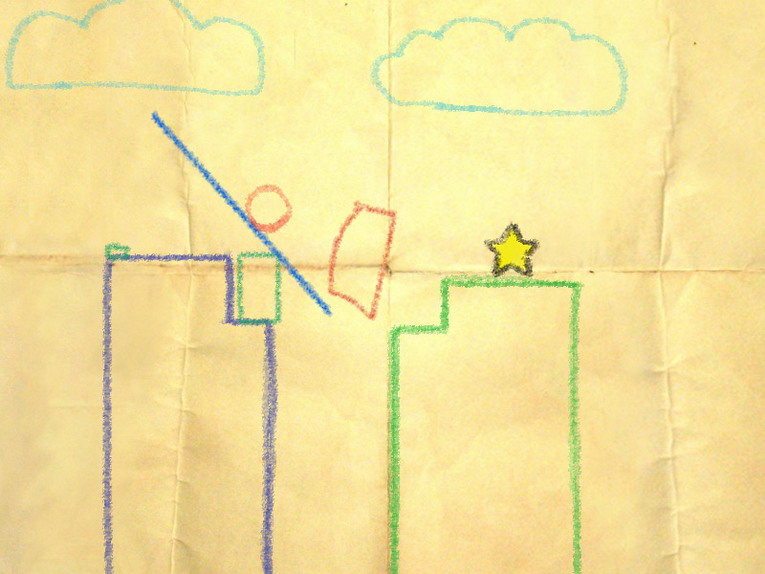I was browsing through the "image of the day" list and found this realy creative game called crayon physics.

I was wondering, how does he/she(kumikana) made the output from the pen/pencil, i tried experimenting by my own, but it didnt looked anywhere near that.I couldnt find any patterns so i think its how its done. My current code for this is:
[source langg = "cpp"]
void initpoints(BITMAP* bitmap)
{
for(int i = 0; i <=5; i++)
putpixel(bitmap,rand()%bitmap->w-1,bitmap->h-1,makecol(rand()%70+80,rand() % 150 +105,rand()%70+80));
}
void drawpoints(BITMAP* buffer,int x, int y, int d)
{
if(inside(x,y,mapxoff,mapyoff,mapxoff+SCREEN_W,mapyoff+SCREEN_H))
{
x -= mapxoff;
y -=mapyoff;
draw_sprite(buffer,colorbitmaps[d],x,y);
}
}
(using allegro)
•°*”˜˜”*°•.˜”*°•..•°*”˜.•°*”˜˜”*°•..•°*”˜˜”*°•.˜”*°•.˜”*°•. Mads .•°*”˜.•°*”˜.•°*”˜˜”*°•.˜”*°•..•°*”˜.•°*”˜.•°*”˜ ˜”*°•.˜”*°•.˜”*°•..•°*”˜I am going to live forever... or die trying!
 I was wondering, how does he/she(kumikana) made the output from the pen/pencil, i tried experimenting by my own, but it didnt looked anywhere near that.I couldnt find any patterns so i think its how its done. My current code for this is:
I was wondering, how does he/she(kumikana) made the output from the pen/pencil, i tried experimenting by my own, but it didnt looked anywhere near that.I couldnt find any patterns so i think its how its done. My current code for this is:






